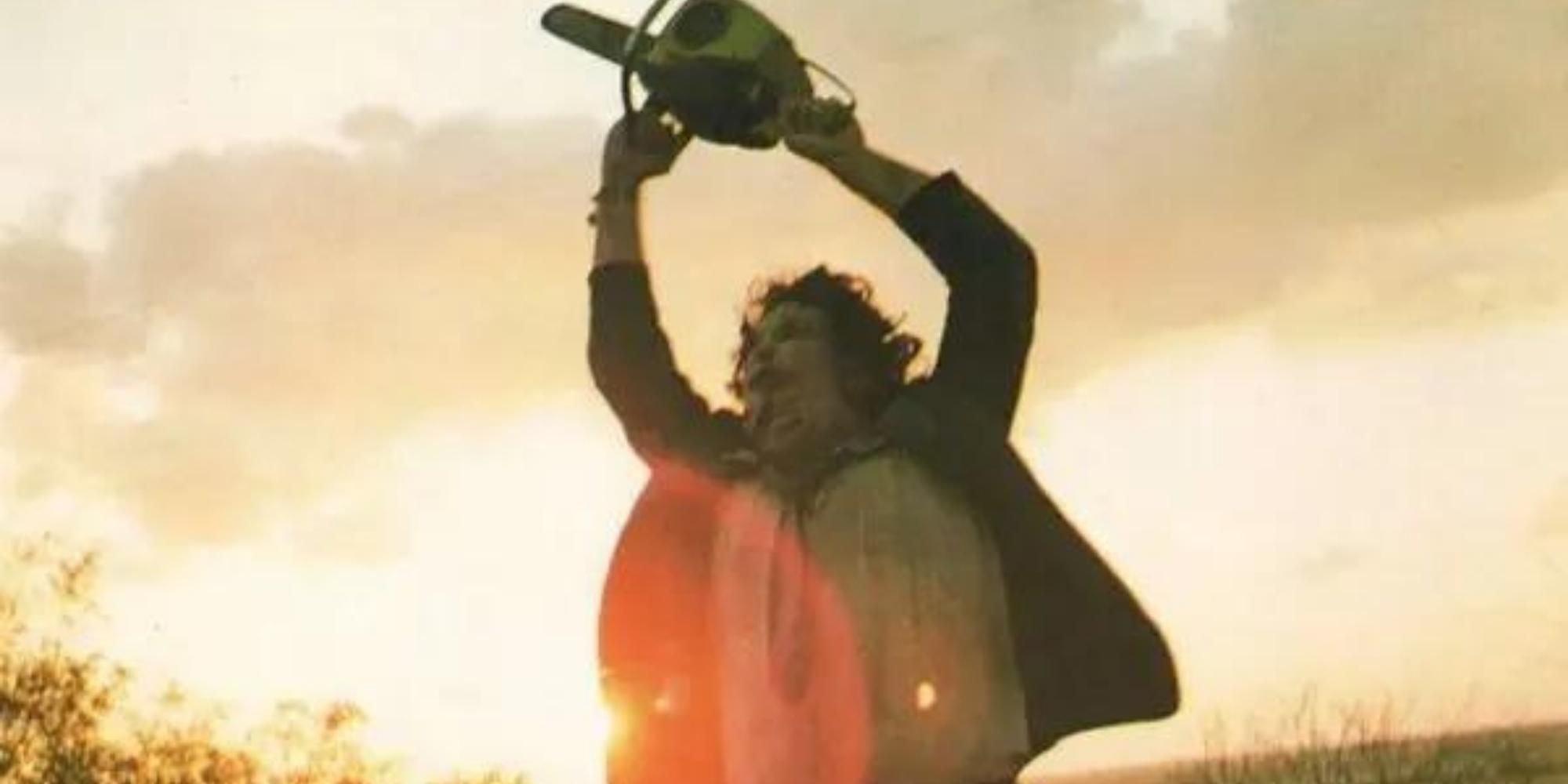
The fear of the dark is a natural human instinct, stemming from a history of long and perilous nights filled with predators, enemies, and the danger of blindness. It's no wonder that most horror stories are set in the dark, but some authors have found success in creating Daylight Horror, catching audiences off guard with unexpected scares. Setting plays a crucial role in horror, with classic premises often being transported to new and terrifying locations. While exotic settings can be thrilling, some of the most memorable horror takes place in the familiar surroundings of everyday life.
Daylight horror takes traditional horror scenarios and brings them into the harsh light of day, exposing all the worst things in life. Despite the ability to see, no one is truly safe under the sun's false sense of security, which horror stories can exploit and turn on its head. This genre typically corrupts what is beautiful, shattering lovely beach scenes with eldritch horrors emerging from the sea. Magical walks through the forest are ruined by masked murderers charging out of bushes, and midday suburban block parties descend into screaming and bloodshed as the town's dark secrets are revealed by the bright light. Daylight horror forces the audience to confront fear in places where they would normally see everything else.
Horror typically relies on darkness to set the scene, but daylight horror is a growing trend in both literature and film. H.P. Lovecraft's "Cool Air" is a prime example of this, as he explores the fear associated with air conditioning. Lovecraft believed that horror shouldn't be limited to darkness, and many horror films have followed suit. Texas Chainsaw Massacre and Friday the 13th both utilize daylight scenes to great effect, with the surprise ending of the former taking place during the day. Stephen King's It is also a champion of daylight horror, with Pennywise often attacking his victims during the day. John Carpenter's Halloween is a masterclass in using this trope, with early scenes depicting the shape stalking his future victims through a sleepy Illinois town in broad daylight.
In most games, the sunset brings a substantial increase in power for most enemies, thanks to the rotating day/night cycle. However, there are very few games in which the day is more threatening than the night. The Witcher utilizes its day/night cycle to control many features of the world, but there is a powerful monster that only comes out when the sun is high. Noonwraiths, the solar witches, are a force to be reckoned with, and they only appear on hot days. It would be a unique concept to introduce a day/night cycle where the sun poses a greater danger than the moon.
However, when terror lurks in broad daylight, it can be even more unnerving. The juxtaposition of safety and danger in a well-lit environment can be jarring and unsettling. It's a reminder that darkness isn't the only place where fear resides, and that sometimes the things we should be afraid of are hiding in plain sight. Daylight horror challenges our sense of security and forces us to confront the uncomfortable truth that danger can be lurking around every corner, even in the most mundane of settings.














